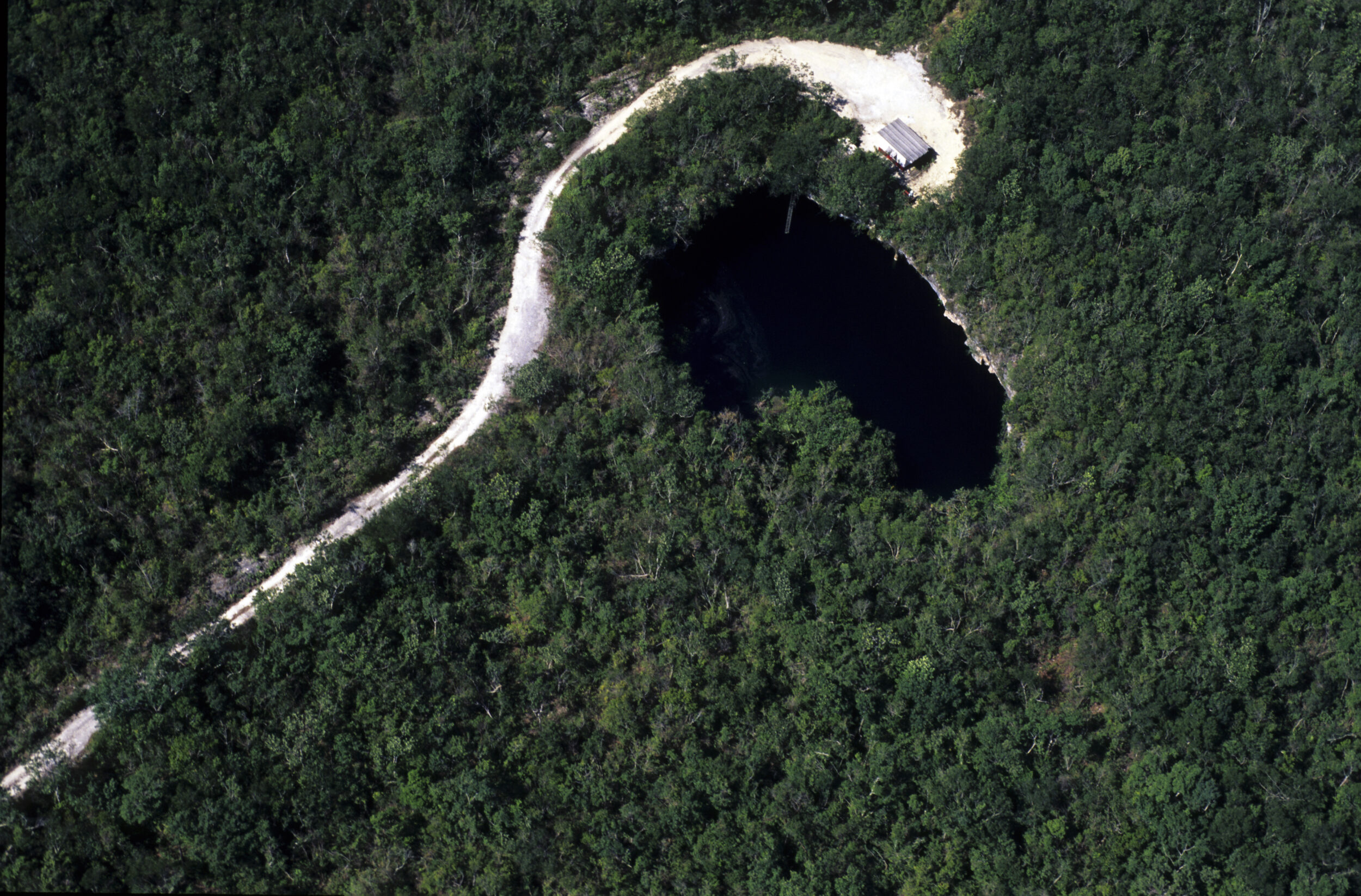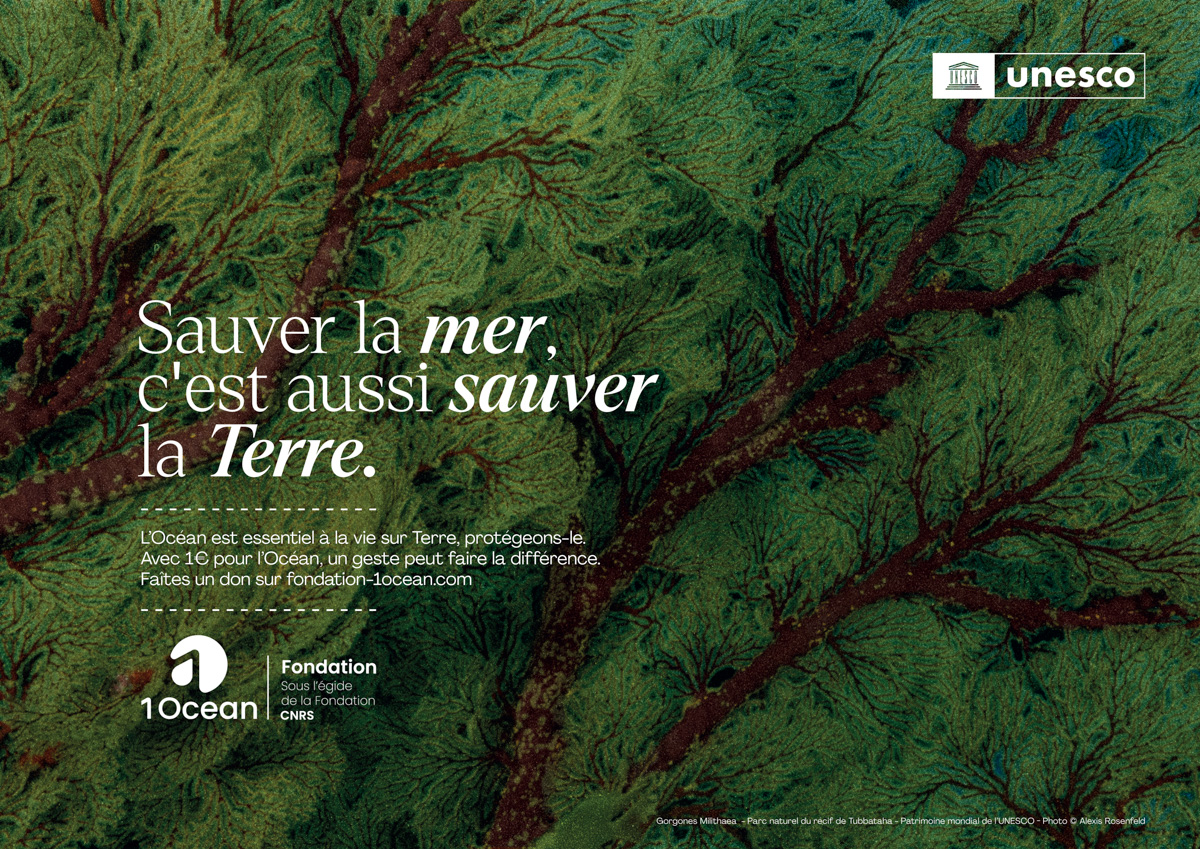With a maximum depth of 270 metres, the underwater cavern in Chetumal Bay (east coast of the Yucatan Peninsula) becomes the second deepest blue hole known to date. To be explored for the first time in 2021, the Taam Ja' site is home to an astonishing biodiversity and is arousing the curiosity of the scientific community.

Seen from the air, the deep chasms appear as immense, perfectly circular blue mouths. Like terrestrial sinkholes, blue holes are geological formations resulting from the erosion of limestone plateau rocks during the last ice ages. Today, they lie just a few meters below the surface, and are home to an abundance of ecosystems that vary according to their location, depth and exposure to light. The best-known of these is the Great Blue Hole in Belize, discovered in 1971 by Jacques-Yves Cousteau, while the deepest is the 300 m Sansha Yongle Dragon hole located in China.
The Taam Ja' site, which means "deep waters" in the Mayan language, plunges to a depth of 274 metres and covers more than 13,600 square metres. It is the first blue hole discovered in an estuary. Conical in shape, it offers a steep-walled environment, with very little oxygen and rapid deprivation of light. However, numerous organisms have adapted to these conditions and cover the cavern's ridges.
Direct testaments to the development of life in a hostile environment, blue holes are genuine underwater libraries. Thanks to their unique architecture, they offer optimal preservation conditions and are often overflowing with fossils. In particular, they not only enable scientists to study the fauna that has been present for millennia, but also to obtain climatic and environmental records.



